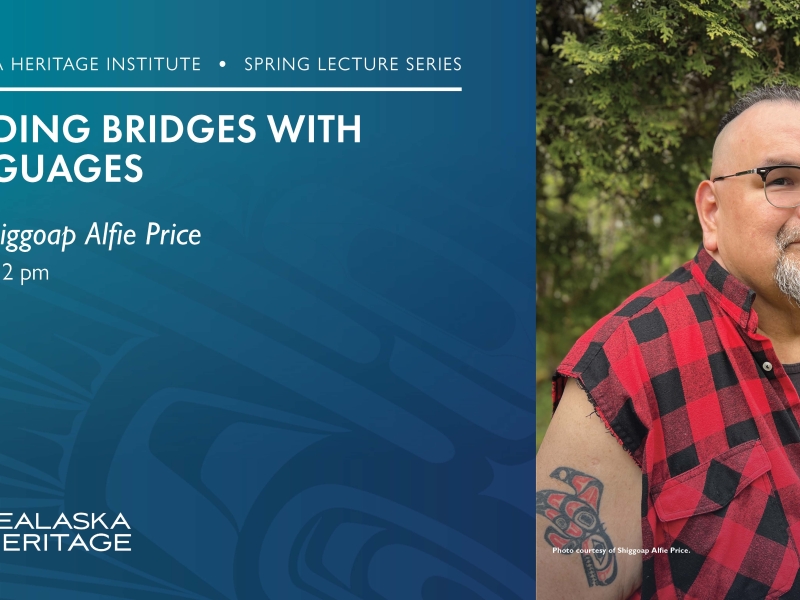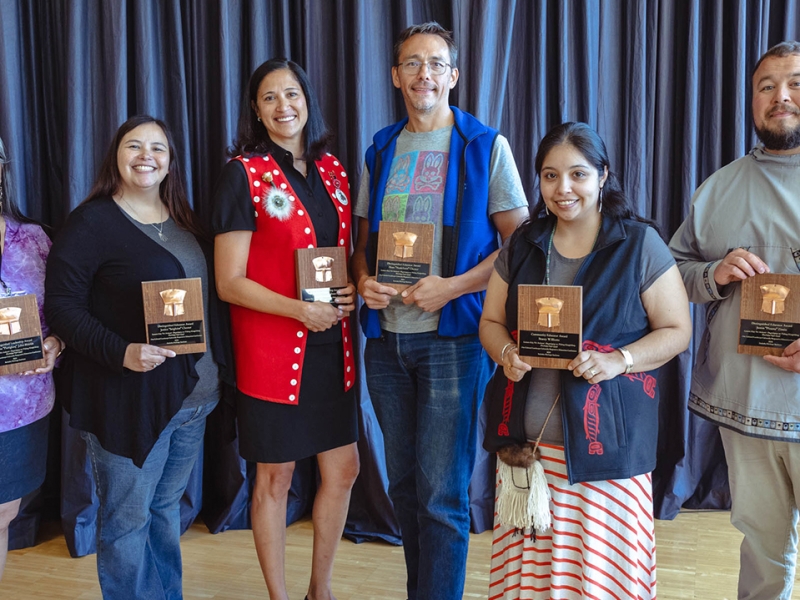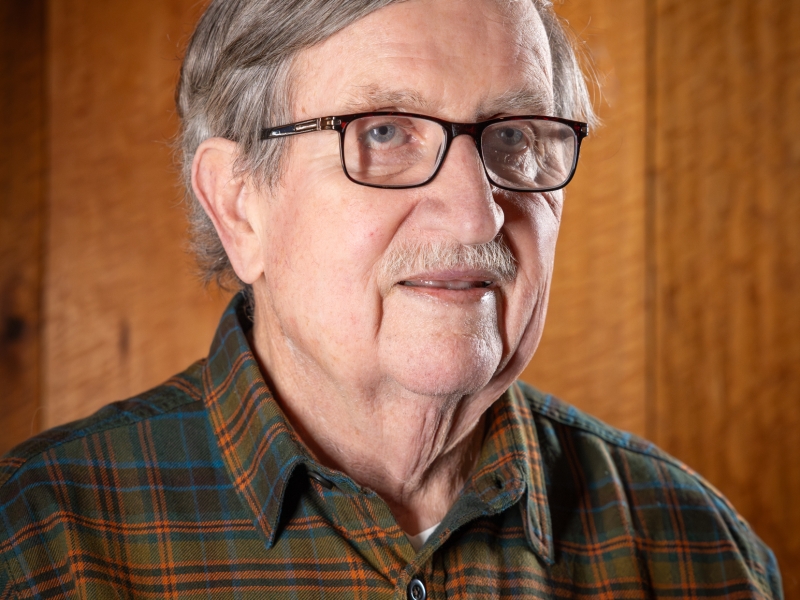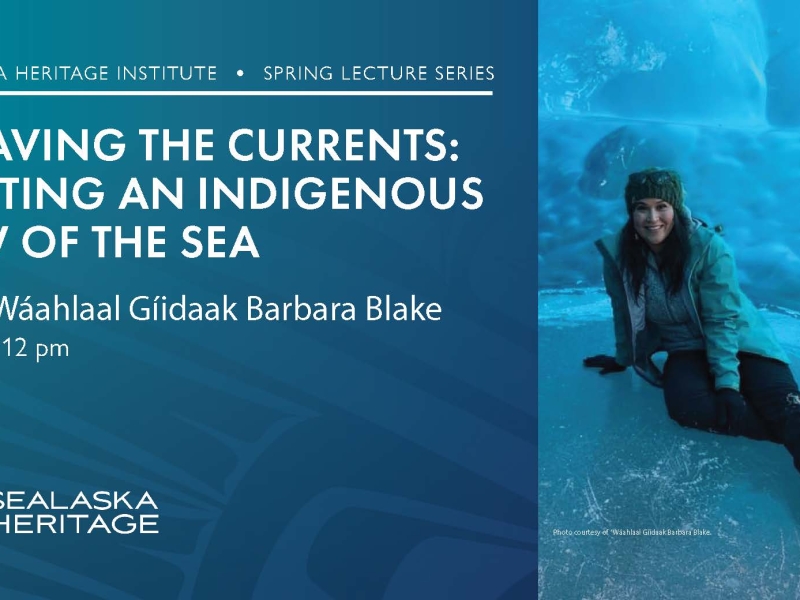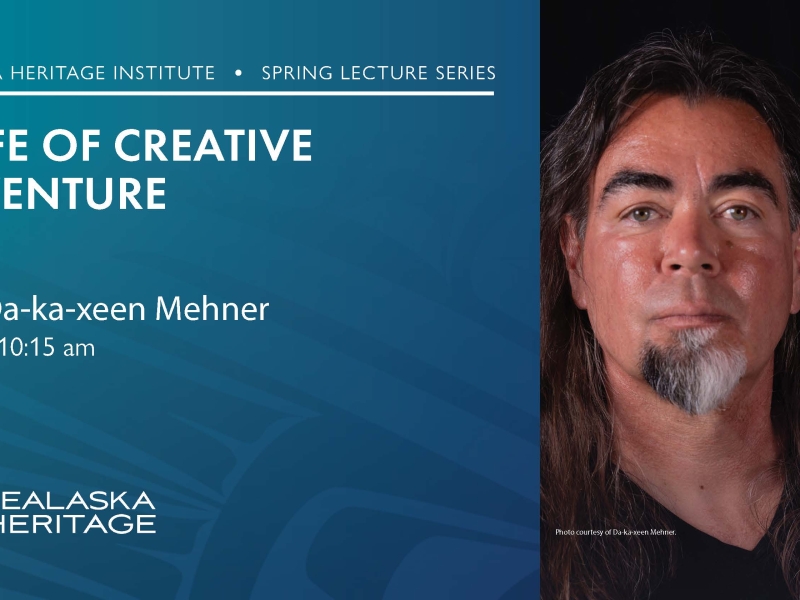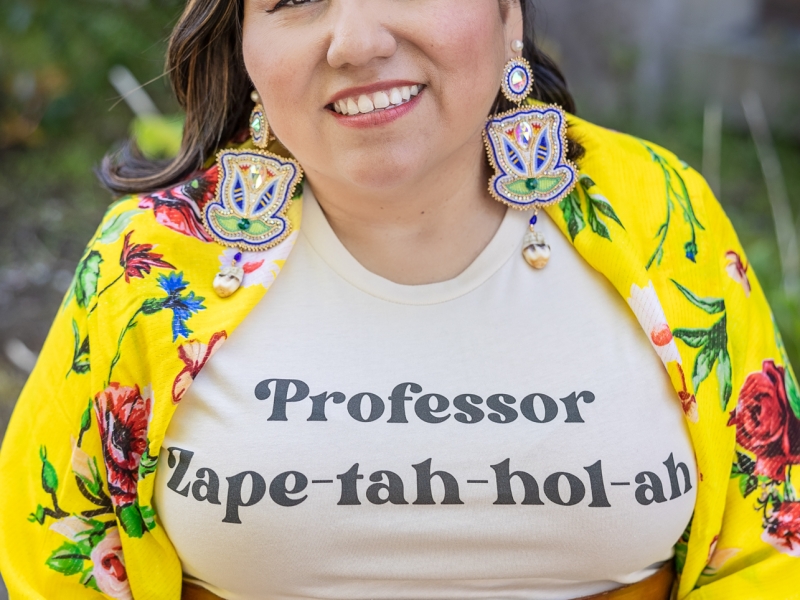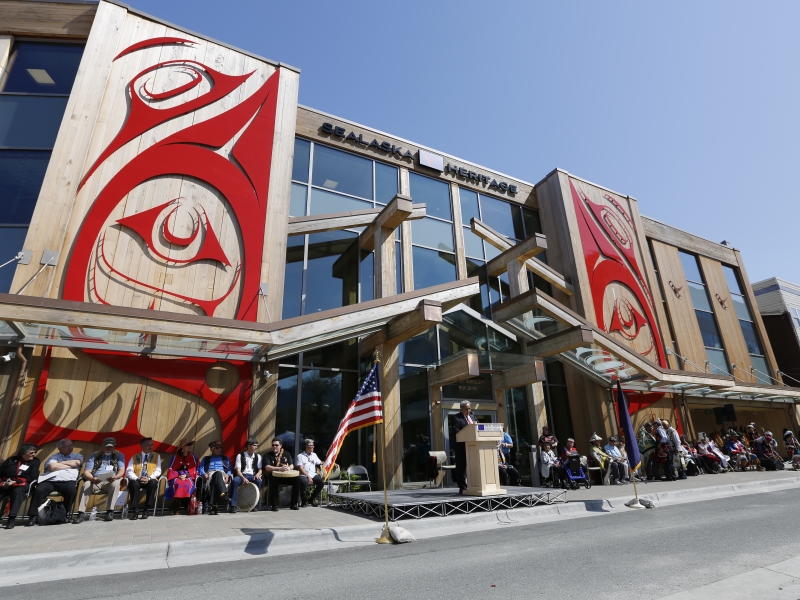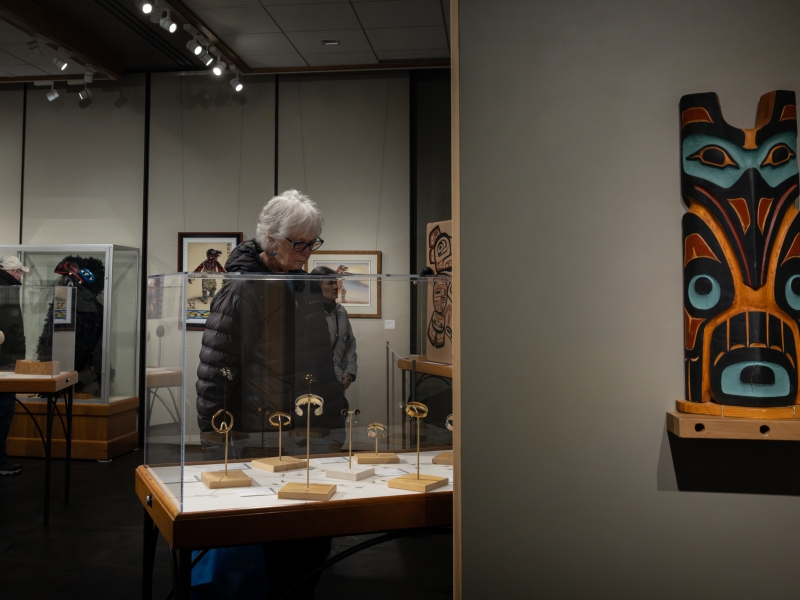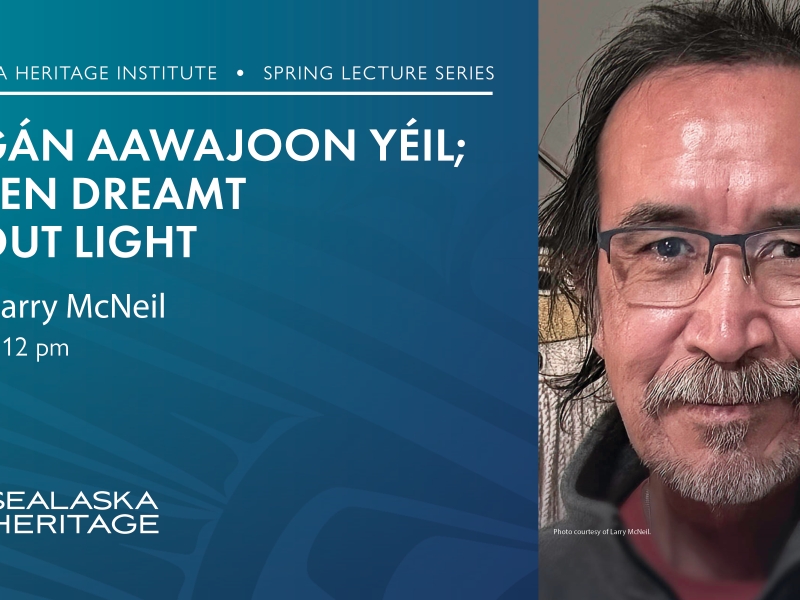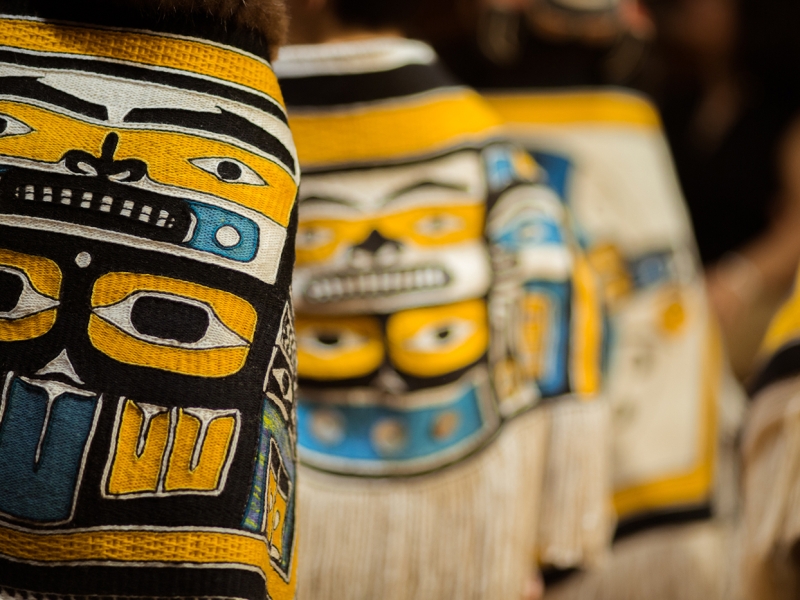SHI lecture to explore heritage language connections
Sealaska Heritage Institute Press Release
SHI lecture to explore heritage language connections
Community leader to speak ...
SHI accepting nominations for 2025 educators of distinction
Sealaska Heritage Institute Press Release
SHI accepting nominations for 2025 educators of distinction
Awards to be ...
SHI lecture to revisit 50-year fight for Redoubt Bay’s return
Sealaska Heritage Institute Press Release
SHI lecture to revisit 50-year fight for Redoubt Bay's return
Redoubt ...
SHI lecture to explore Indigenous law of the sea
Sealaska Heritage Institute Press Release
SHI lecture to explore Indigenous law of the sea
Policy leader ...
SHI lecture to explore equity through personal narrative
Sealaska Heritage Institute Press Release
SHI lecture to explore equity though personal narrative
Visual artist to ...
SHI announces keynote speaker, new venue for 2025 education conference
Sealaska Heritage Institute Press Release
SHI announces keynote speaker, new venue for 2025 education conference
Culturally ...
SHI to celebrate 10-year anniversary of Walter Soboleff Building
Sealaska Heritage Institute Press Release
SHI to celebrate 10-year anniversary of Walter Soboleff Building
Full-day event ...
New exhibition explores enduring legacy of Raven
Sealaska Heritage Institute Press Release
New exhibition to explore enduring legacy of Raven
Guest curator centers ...
SHI lecture to explore creative path of Tlingit visual storyteller
Sealaska Heritage Institute Press Release
SHI lecture to explore creative path of Tlingit visual storyteller
Photographer ...
SHI to launch project to make mountain goat robe, revitalize horn spoon art practice
Sealaska Heritage Institute Press Release
SHI to launch project to make mountain goat robe, revitalize ...
